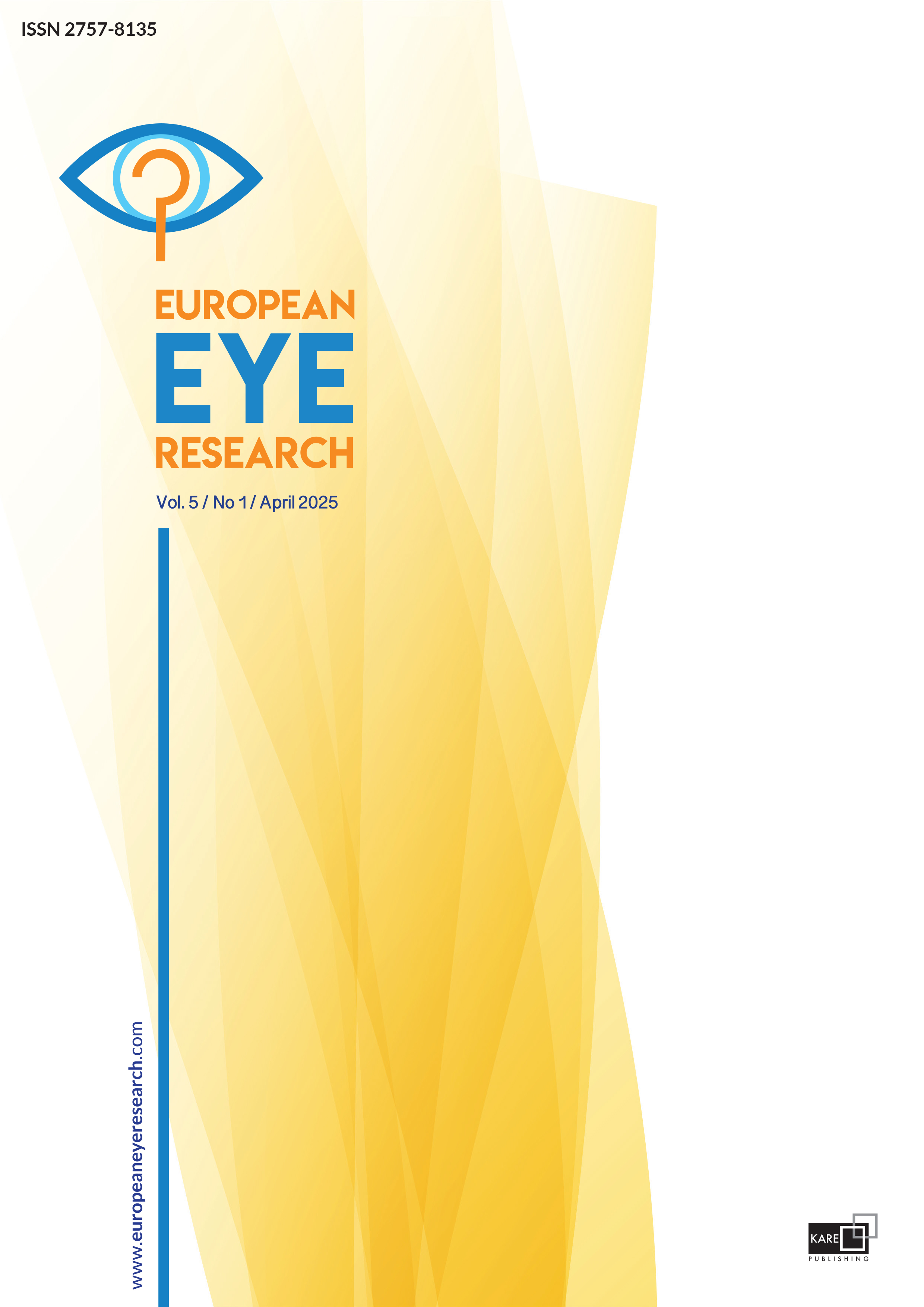

Investigation of the chemical structure of silicone oil interacting with bevacizumab by spectroscopic methods: a dose recommendation
Feride Tuncer OrhanDepartment of Ophthalmology, Eskişehir City Hospital, Eskişehir, TürkiyePURPOSE: To investigate the effect of the therapeutic doses of bevacizumab, recombinant humanized anti-vascular endothe-lial growth factor monoclonal antibody, on the silicone oil (SiO) using nuclear magnetic resonance (NMR) and Fourier trans-form infrared (FT-IR) spectroscopies.
METHODS: Freshly opened 1000-centistoke SiO (polydimethylsiloxane, Micromed s.r.l. Fonte Nuova, Italy) was mixed with three different therapeutic doses of bevacizumab/Avastin (US Biotech unit of Roche Registration GmbH, Grenzach-Wyhlen, Germany), respectively as 1.25 mg/0.05 mL, 2.5 mg/0.1 mL, and 5 mg/0.2 mL. Coupled spectroscopic methods were em-ployed to determine potential chemical shifts in the SiO: In the proton hydrogen-1 NMR (1H-NMR) spectroscopy, the internal standard and the solvent were tetramethylsilane and chloroform, respectively. The 1H spectrum was recorded at a frequency of 500 MHz. In the FT-IR spectroscopy, the attenuated total reflectance method was used for sampling, and spectral band-width was 4000 to 400 cm-1 at 4 cm-1 resolution.
RESULTS: 1H-NMR spectroscopy revealed a minor change in the functional groups of SiO after the interaction of the dose of Avastin at 1.25 mg/0.05 mL with no chemical shifts. In contrast, the high therapeutic doses caused remarkable changes in the Si-CH3 functional groups. FT-IR spectroscopy identified decreasing the absorption peaks intensity of Si-O-Si bending at 1008 cm-1 in the high therapeutic doses. The spectral findings showed the breakdown potential of the SiO due to hydrolytic degradation in the aqueous environment of Avastin (at 2.5 mg/0.1 mL, and 5 mg/0.2 mL doses).
CONCLUSION: SiO could undergo structural change due to the interaction of aqueous Avastin, especially at high-therapeutic doses. In case of Avastin® is required, the quantity of 1.25 mg/0.05 mL of Avastin should be used in SiO-filled eyes to minimize its unknown chemical effect.
Manuscript Language: English



